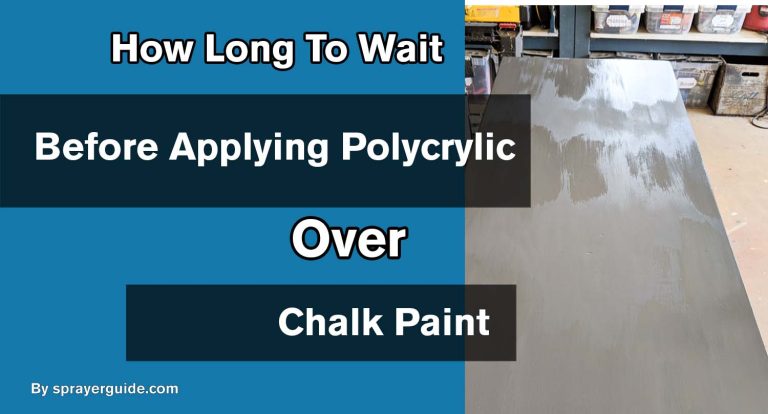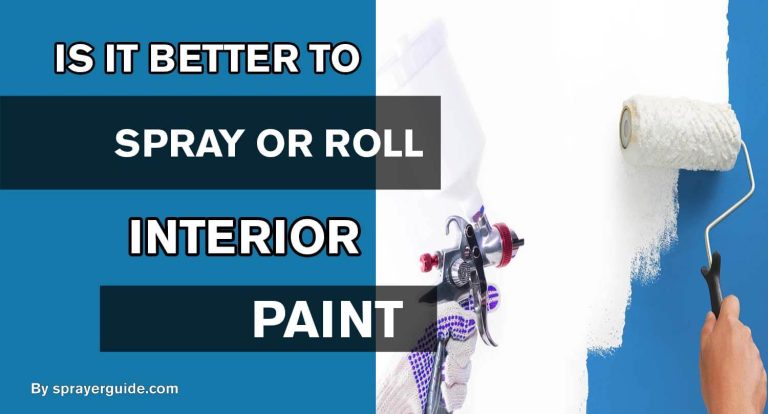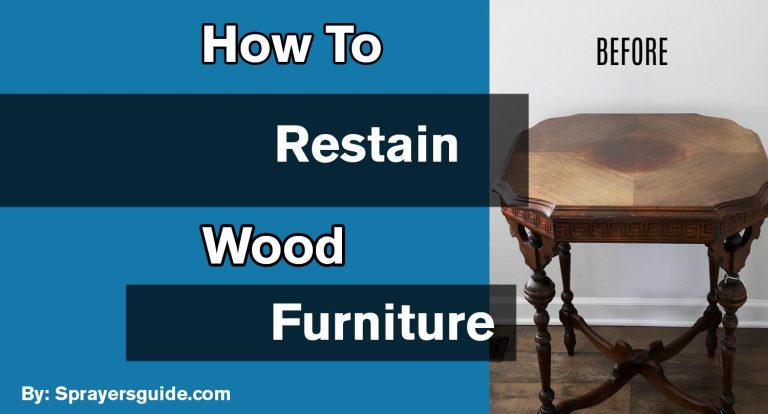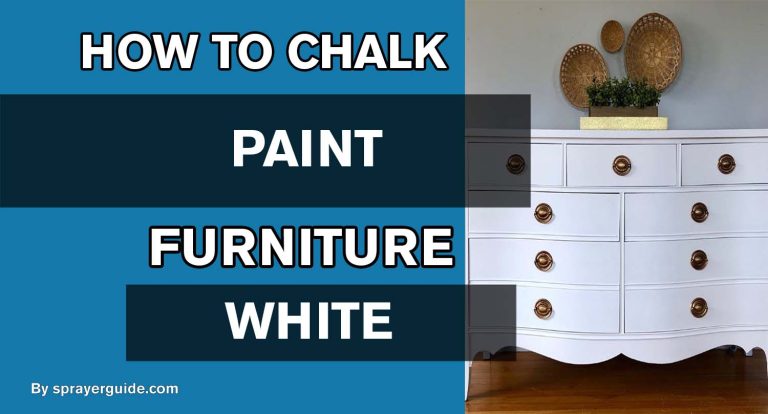Removing primer from wood does not have to be a difficult or time-consuming task. Knowing the best methods for safely removing primer from wooden surfaces is essential whether you’re refinishing antique furniture or starting a new DIY project. In this blog post, we’ll go over all the steps involved in effectively removing unwanted paint and priming materials from any wood so that you can get the desired results. Continue reading to learn everything you need about removing primer from wood!

How To Remove Primer From Wood
Tools Required To Remove Primer:
- Liquid cleaner
- Cloth
- Dust Mask
- Paint scraper or putty knife
- Rubber Gloves
- Protective Eyewear
- Paint-brush
- Mineral Spirits
- Water/Vinegar
- Sandpaper
- pH Testing Strip
- Sanding Block.
Step 1: Preparing the Surface
Put on your protective gear, such as a dust mask, rubber gloves, and eyewear. Use a paintbrush to remove any loose debris or dirt from the surface of the wood.
Step 2: Removing Primer with Liquid Cleaner
Apply liquid cleaner (suitable for use on wooden surfaces) to a cloth and rub gently but firmly over the primer-covered surface. This will loosen and dissolve the primer, allowing it to be wiped away easily.
Step 3: Peeling Away Primer with a Paint Scraper or Putty Knife
After removing most of the primer with liquid cleaner, use a putty knife or paint scraper to peel away any remaining spots and residue.
Step 4: Neutralizing the Wooden Surface
Once all of the primers are removed, it’s important to neutralize the wooden surface. This will reduce any odors and stains caused by the primer. To do this, mix a solution of equal parts mineral spirits and water/vinegar (depending on what your stripper requires). Apply it with a cloth over the entire area where you removed the primer. Use a pH testing strip to ensure you have successfully brought the wood’s pH level back to its original state.
Step 5: Sanding Away Any Residue
Once you have removed all the primer and neutralized it, you can use a sanding block or 220-grit sandpaper to remove any leftover residue.
Step 6: Clean Up
Use a damp cloth to wipe away any dust created during the sanding process.
Step 7: Applying a New Finish (Optional)
If you plan on adding a new finish to your wooden surface, now is the time. Follow the directions on the package to put on the finish you want, then let it dry completely before using it again.
Step 8: Regular Maintenance
Regular maintenance of your wood surfaces can help prevent future primer buildup. This means cleaning it regularly with mild soap and water and occasionally putting a wood conditioner or oil on it.
Step 9: Storing Your Wood Surfaces Properly
Storing wood surfaces in a cool, dry place is essential when not in use. This will help protect them from condensation, which can cause the primer to rebond with the surface.
Step 10: Professionally Remove Primer (Optional)
If you still can’t get the primer off your wood surfaces, you might want to call a professional for help. They have access to more powerful products and tools to help efficiently remove even the toughest of primer stains.
By following these steps, you should be able to easily remove primer from wood surfaces without causing any damage or discoloration. Always wear protective gear when working with chemicals, and follow manufacturer instructions for all products used during this process. You can quickly restore any wood surface with the right tools and knowledge!
Frequently Asked Questions:
Depending on the type of primer used and the quality of the wood, there are several effective methods for removing primer from wood. If possible, sand off the primer with fine-grit sandpaper or a palm sander. Using a chemical stripper is another option, but it is more complicated and messy. You can also use a heat gun to soften the primer before carefully scraping it off with a putty knife.
Even if you don’t have any sandpaper on hand, you can remove primer from wood with ingenuity. Steel wool or an old toothbrush dipped in mineral spirits effectively remove primer from wood. A chemical-based paint stripper can be used only in well-ventilated areas and with adequate safety precautions.
Don’t use power tools if you don’t know how to remove the primer from the wood safely and effectively. You can injure yourself or the wood using too much force or the wrong blade type. When working with sanders, grinders, saws, and other power tools, always wear eye protection and other safety equipment, and make sure any materials you use are appropriate for your project.
Conclusion:
Finally, removing primer from wood is time-consuming and challenging, but it is possible. Sand the wood surface to remove all primer layers. Chemical strippers may also be helpful for difficult-to-strip areas or large surfaces. If you must use chemicals, take all necessary precautions because they may contain hazardous ingredients. Finally, once the desired result has been achieved, apply a protective layer to the wood, such as paint sealer or stain. You can successfully remove primer from wood and leave your furniture looking brand new if you have enough patience and dedication!
Read More:
- How Long Does Primer Spray Paint Take To Dry
- How To Spray Paint Wood Chairs
- How To Thin Water-Based Paint For Roller
- How Long Does Spray Paint Take To Dry Metal
- Is It Better To Spray Or Roll the Interior Paint
- Does A Paint Sprayer Use More Paint Than A Roller
- How To Thin Water-Based Paint For Spraying
- How To Clean Wagner 350 Paint Sprayer
- How To Paint A Textured Ceiling With A Roller
- Which Is Better, Air Or Airless Paint Sprayer
- How To Use Hvlp Spray Gun
- How Long Does Spray Paint Take To Dry On Cardboard
- Graco Magnum Prox17 VS X5






